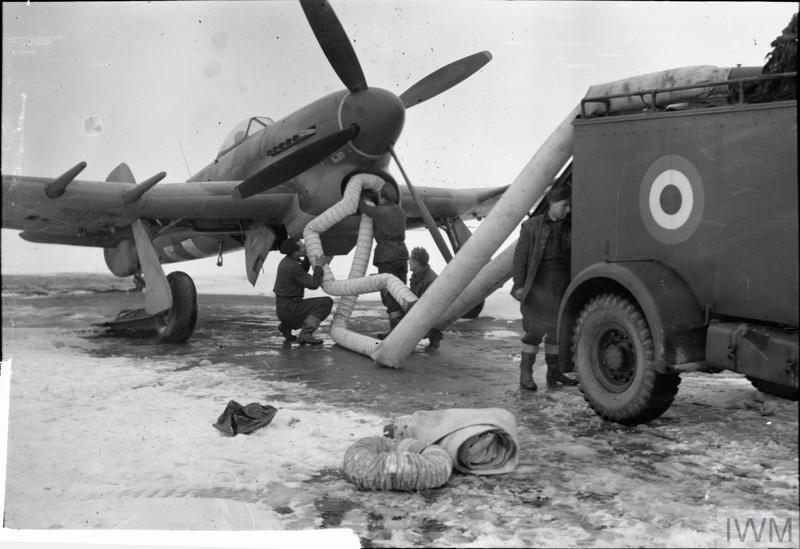Admiral Beez
Major
Good point. But on oil, if the rings and valve seats and guides are well designed, manufactured and installed shouldn't oil burn be minimal? Several gallons of oil per flight sounds like a recipe for rapid carbon buildup and compression/power loss.I believe the Kestrel and Lion used water.
Glycol storage is minimal, unlike engine oil, the water and later glycol was supposed to stay in the engine.
Oil was used up in flight, the coolant was not supposed to be used up.
not saying there weren't leaks but they didn't usually require several gallons after each flight.

